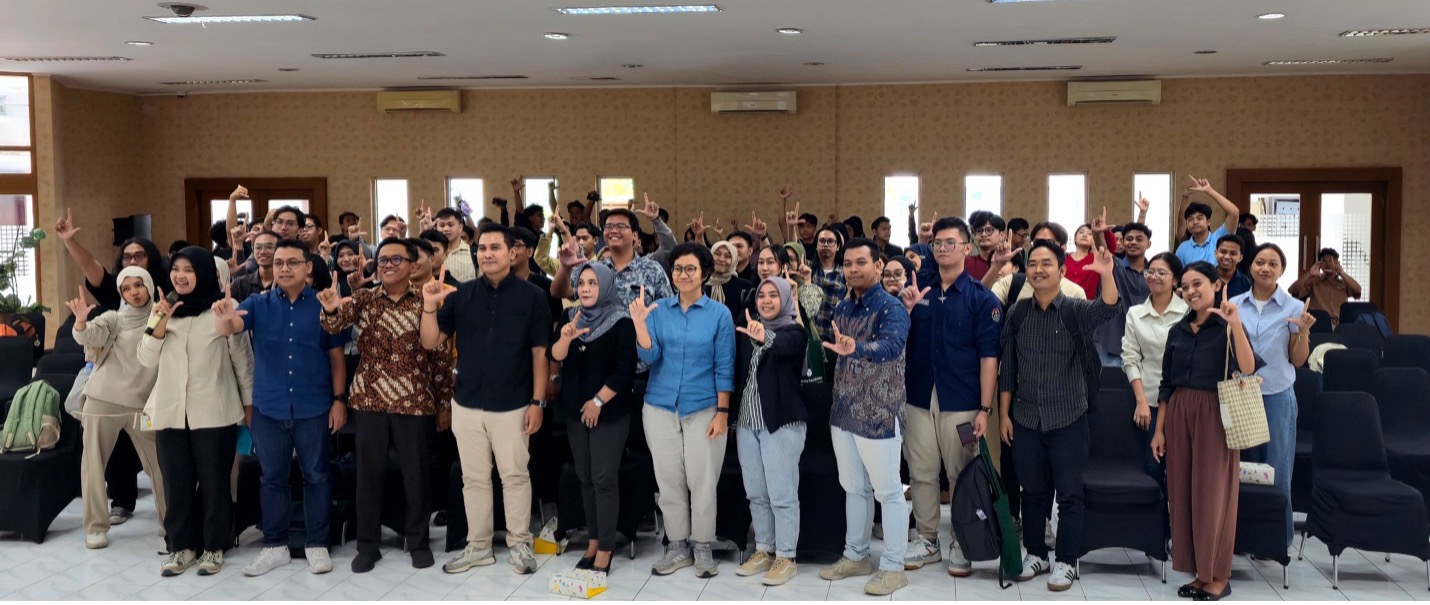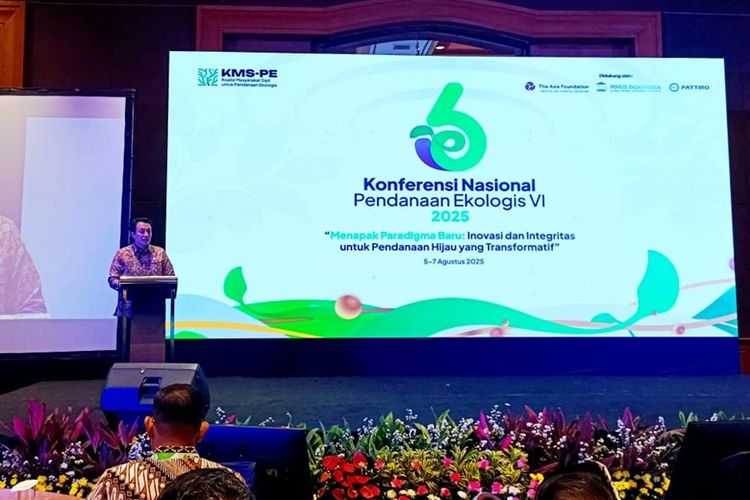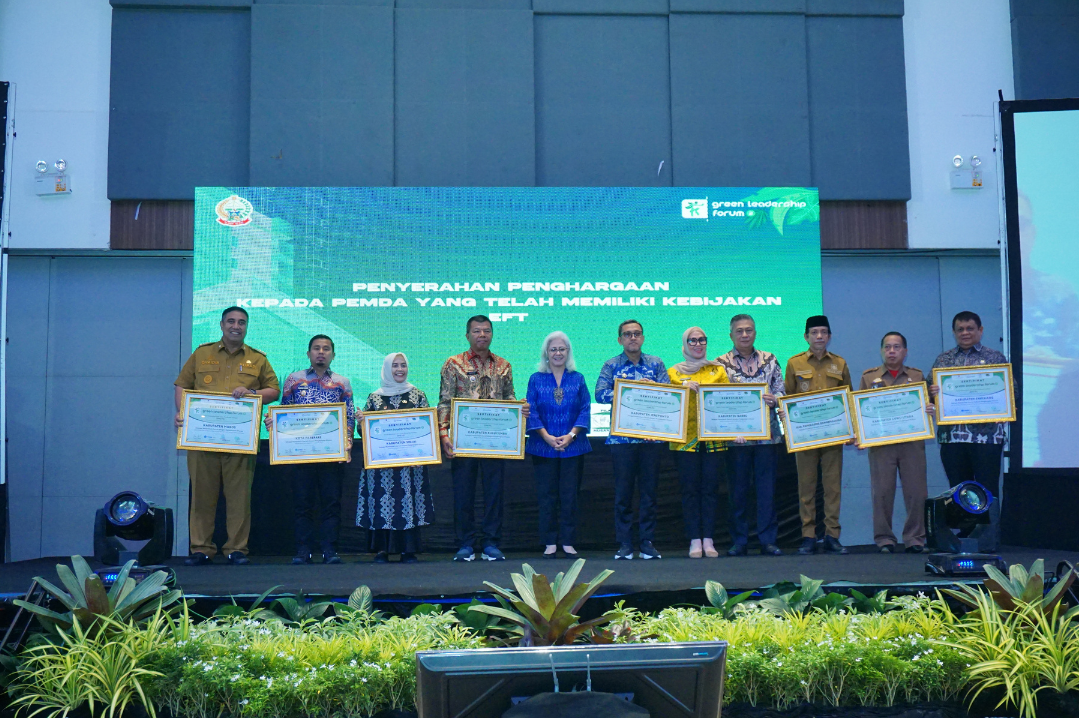 From 2002 until 2012, Papua Province received Rp 28.444 trillion in special autonomy funds and Rp. 5.271 trillion in infrastructure funding. Whilst, West Papua Province that was established in 2008, has received Rp. 5.409 trillion in special autonomy funds and Rp. 2.962 trillion in infrastructure funding. The question that arises from this is what has been the effect of special autonomy funds on the community welfare of Papua and West Papua?
From 2002 until 2012, Papua Province received Rp 28.444 trillion in special autonomy funds and Rp. 5.271 trillion in infrastructure funding. Whilst, West Papua Province that was established in 2008, has received Rp. 5.409 trillion in special autonomy funds and Rp. 2.962 trillion in infrastructure funding. The question that arises from this is what has been the effect of special autonomy funds on the community welfare of Papua and West Papua?
From the implementation side, there has been an increase in school participation rates, literacy rates and the average length of school attendance. There has also been the addition of health infrastructure and medical personnel, as well as a reduction in the percentage of people living in poverty. In 2011, the percentage of people living in poverty in Papua Province was 31.98%, whilst in West Papua, this figure was 28.2%. However, according to the governor of West Papua, Abraham Atururi, even if there has been a reduction in the percentage of people living in poverty, West Papua still ranks as the second poorest province in Indonesia. The total unemployment is also still at approximately 5.5%, although this has declined from 7.73% in 2009. If the trend of poverty percentage increases is observed, then it can be seen that in reality, large special autonomy funds have not provided significant impacts in an increase of community welfare in Papua, through development equality. In other words, the management of special autonomy funds has been ineffective.
From the results of evaluation and research undertaken by several parties, the Centre for Regional Information and Studies (PATTIRO) has surmised that there are three main causes of the ineffective management of special autonomy funds, they are:
- The limited room for community participation in the monitoring of special autonomy funds.
- A mechanism for the transfer of special autonomy funds that does not have any fixed conditions.
- The weakness of coordination between ministries/institutions in the monitoring of special autonomy funds
One of the main causes of special autonomy funds ineffectiveness is the limited space for community participation in the monitoring, which allows for the possibility of the misappropriation of special autonomy funds. An indication of this limited space is the low levels of civil society access to planning and budgeting-related public documents in Papua and West Papua. On one hand, special autonomy has provided the opportunity for the establishment of the Papuan People’s Assembly (MRP). However, on the other, this institution has not been given much of role in facilitating civil society’s right to public information.
PATTIRO requests and recommends that the central and local governments ensure that there is greater room for community participation in the planning, budgeting, and the monitoring of special autonomy funds, through a well-managed scheme of information transparency. This participation would parallel the efforts of the central government in guaranteeing public information openness through Law No. 14, 2008 on Public Information Openness (UU KIP).
The principle of information transparency in good governance can actually provide an opportunity for the community to be involved in the monitoring of public services and in doing so, ensure greater quality. This participation will allow for quality verification of public services, whilst increasing a feeling of community ownership. A well-managed scheme of information transparency in planning, budgeting and the management of special autonomy funds, will help the dispersal of funds to the community.
PATTIRO contends that information transparency in the governance of special autonomy has not occurred. Without this transparency, special autonomy funds have not reached their target, having instead disappeared halfway. The absence of information transparency in the planning and management of special autonomy-funded program budgets has prevented the community from knowing what programs will be financed and how monitoring and evaluation of programs will be undertaken. For this, the central and local governments must open an information database, from which the community can access information on the usage of special autonomy funds. Such that, when the community senses an opportunity/potential for corruption or the misappropriation of special autonomy funds, the community can request information and the potential for corruption can thus be minimalized.
In the model of information transparency applied to special autonomy funding, the community is requested to actively participate in the budgetary planning as well as the monitoring and evaluation of budgetary planning. This information transparency can then be furthered to the management/implementation of programs that have been funded by special autonomy funds. The results of information transparency that are developed through this model can then be brought to the regulatory realm of special autonomy governance. Importantly, with the entering of information transparency into the regulation of special autonomy governance, the freedom of the community to access information will be better protected.
PATTIRO urges for information transparency in planning, budgeting and managing special autonomy funds to be undertaken, because much of the special autonomy funds have not been dispersed or have been misappropriated. This has meant that community welfare in Papua has not increased, despite the significant special autonomy funds received each year. The special autonomy funds that are most often misappropriated are funds for infrastructure development programs. Such infrastructure development, especially road and bridge building is greatly needed by the Papuan community because it supports improvement for the economy, as well as the quality of health, education and other public services. For this reason, PATTIRO continues to support and encourage the model of information transparency in the governance of special autonomy funds. Information transparency will provide public services that are better targeted and will reduce the opportunities for corruption.
Sad Dian Utomo | Executive Director of PATTIRO
saddian@pattiro.org | 0812 800 3045
Contact Person: Ahmad Rofik
rofik@pattiro.org | 081393153564




